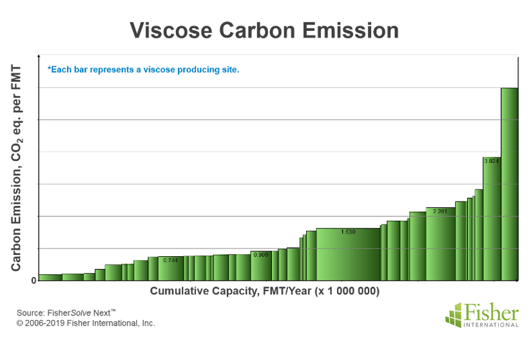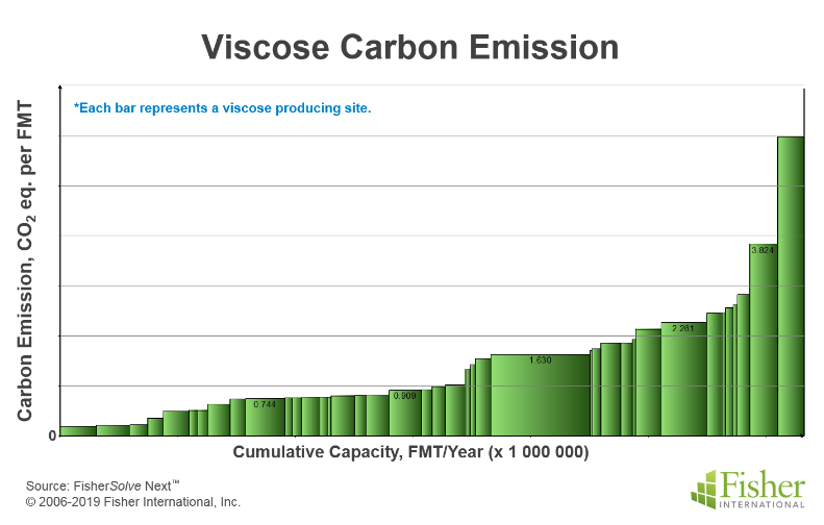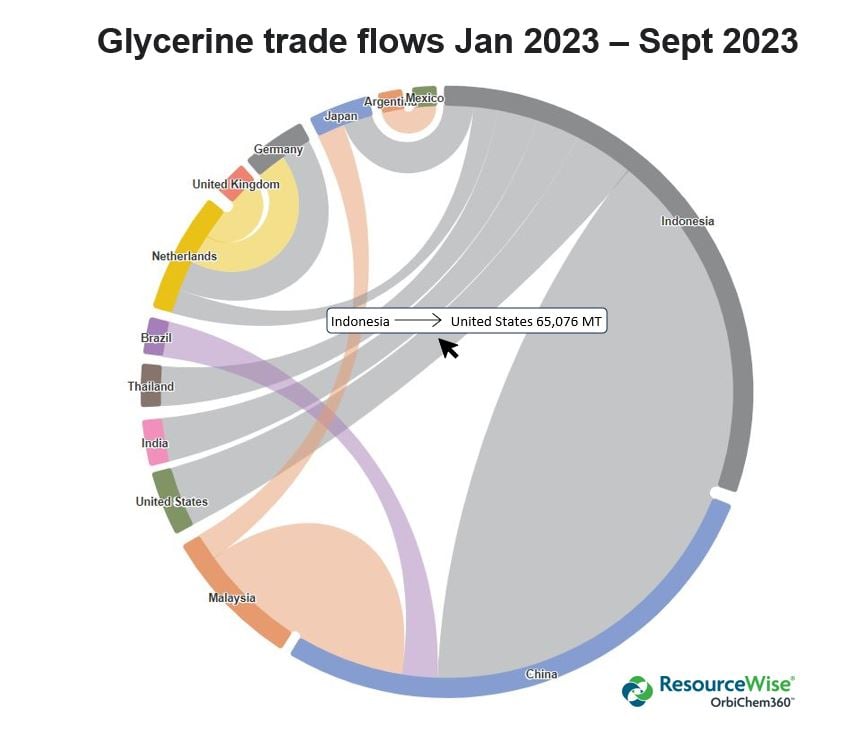This article originally appeared on Fisher International's FI Insights blog on 3 February 2021.
Growing sustainability trends and concerns about pollution and climate change are placing more and more pressure on the textile industry — one of the most carbon-intensive industries in the world. But as new wood-based textile fiber technologies mature, could they offer a viable, ecologically sound option for oil- and cotton-based textile fibers, along with an attractive profit opportunity for the pulp and paper industry?
As the demand for textiles has steadily increased and technology has improved, the consumption of viscose, the first man-made textile fiber, and related fibers (like Lyocell) has gradually increased. Still, the current share of wood-based textiles is only about 6% of the almost 100 million tons of textile fiber produced annually.
Oil-based fibers, which currently supply approximately two-thirds of the market, are durable, washable, and easy yet inexpensive to produce. The downside, however, is their extensive carbon footprint, low recyclability, and recently proven trait of releasing microplastics into the environment, all of which are driving consumers and brands to look for more environmentally friendly alternatives. So, as textile demand and pressure for replacing oil-based fibers is growing simultaneously, the market is ready for innovation.
Opportunities for increasing textile production from other natural fibers are limited. The most popular natural fiber, with 27% market share, is cotton - which has been classified as “environmentally harmful,” as it is cultivated in the same areas as food crops and in regions of limited water resources. Along with that, the water-intensive production process and wide use of pesticides is making cotton’s environmental footprint even worse.
Because of this, eyes are turning to so-called bio-based, man-made fibers like viscose. Traditional viscose as a material is not much better from an ecological point of view because of its pollution-causing production process, as chemicals used in production are often disposed of with little or no treatment. However, even with improved production methods, the main disadvantage of viscose and related fibers is the price, as the end-price of viscose in the market is significantly higher than that of polyester.
How Large Could the Potential Market Be?
One way of looking at the end-market size is to analyze the current production of viscose pulp. Global capacity is about 5.5 million tons, depending on how much swing capacity is used for viscose at any given time.
The promising potential for market growth is also a huge factor, as the projected need for textiles in 2025 is 140 million tons per year. Even if only a third of this growth is fulfilled by cellulose based textiles, this translates to 11 modern pulp lines supplying solely to the textile industry.
In comparison to the current viscose pulp production method, the potential savings in raw material of the new technologies being developed are noteworthy. The difference in production costs on a global basis between dissolving pulp used as raw material for viscose, and kraft market pulp is already over USD $228 per tonne on average.
Even though the price of cotton and viscose pulp is fairly comparable, cotton is mainly produced in areas with water shortages, whereas pulp production is more scattered, and in areas of lower water risk. Even if produced in areas of water scarcity, viscose production only uses about 7% of the water required for cotton production. This is a great opportunity to position the alternative fibers as the ‘new cotton’ as it could end up being a more viable go-to-market strategy than competing with inexpensive polyester.
Energy Use and Emissions, Water Footprint
When taking into consideration that the energy for polyester raw materials is often produced by non-renewable fuels, the difference in CO2 emissions is substantial. When wood-based textile fiber is produced at an integrated pulp and paper site with captive pulp, textile fibers can be manufactured with very low or possibly even zero carbon emissions. If viscose production is used as a benchmark, the lowest emission producer emits under 0.5 MT CO2eq. per tonne of viscose grade pulp. The water footprint picture is similar. The raw material for viscose and for the new wood-based fibers can be produced with low-water processes, making the water footprint significantly lower than that of cotton or polyester.

The chart above shows the amount of carbon emitted per tons of viscose produced by each mill. Carbon footprints vary widely in viscose production and, as the importance of sustainability increases, some manufacturers may be able to develop large advantages over competitors.
The forest industry has an incomparable competitive advantage of being able to produce sustainable, stable quality raw material in bulk quantity year-round. This is something which could eventually pose a threat even to oil-based fibers and open an unprecedented profit opportunity for the industry. The drawback being that technology development is relatively slow. With the first technologies in pilot stage, it is likely to take years before consumers will start seeing the new fibers in the shops. However, as solutions are needed now, the forest industry has a huge potential opportunity on the horizon.
Another paper "Wood Pulp - The New Cotton for the Garment Industry" by Fisher International is available to download.








